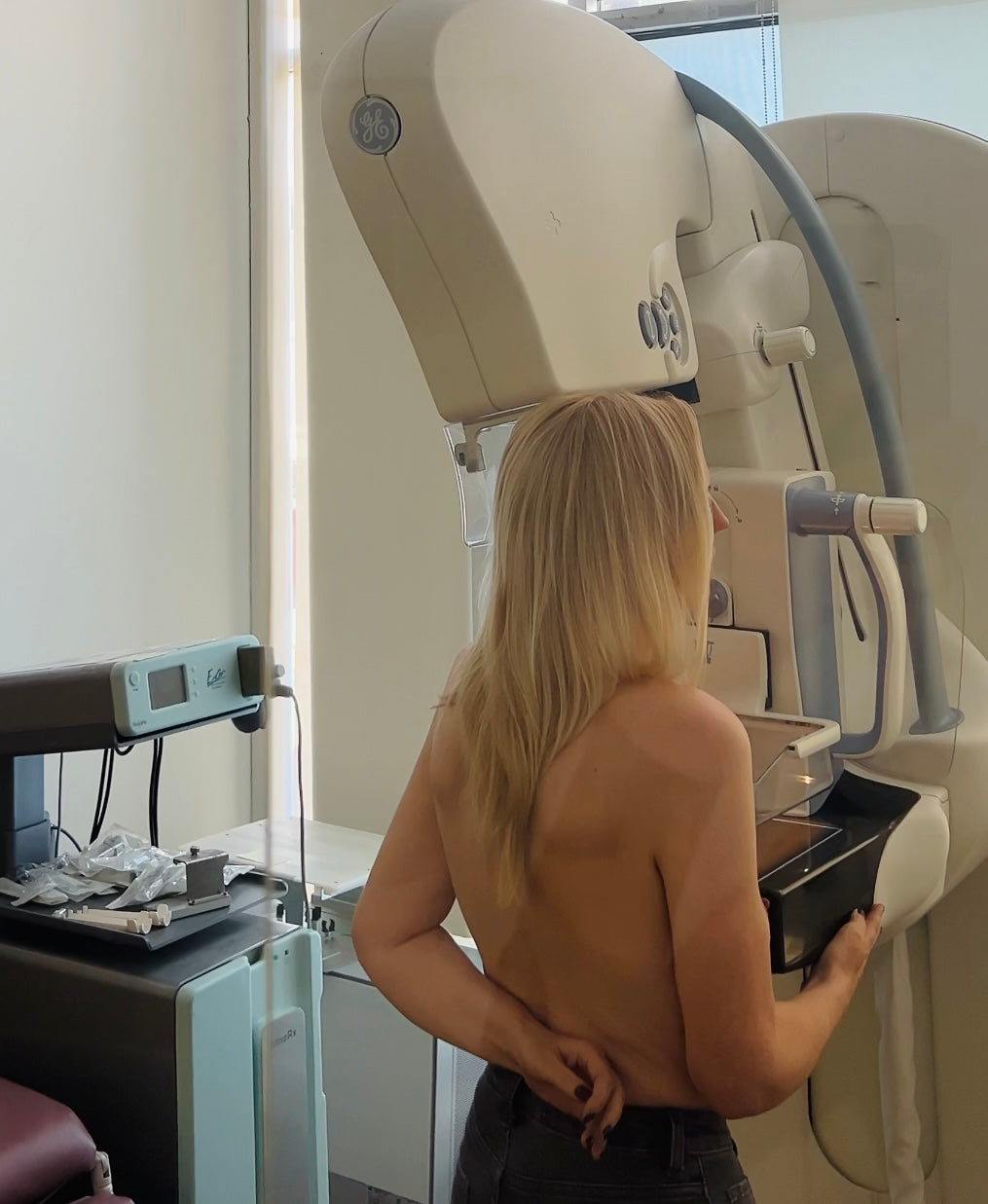
Who needs a mammogram? Risks, benefits and what the science says
When it comes to breast health, few topics spark as much discussion as mammograms. Are they necessary? Are they safe? Can they help save lives — or do they lead to unnecessary fear and treatment?
But when you reach menopause mammograms are a common part of dicussion.
Let’s break down what mammograms are, who they’re for, the risks and benefits, and what the science — including British Medical Journal (BMJ) publications — really says.
What is a Mammogram?
A mammogram is a low-dose X-ray imaging test used to screen breast tissue for signs of cancer — particularly before symptoms appear.
There are two main types:
-
Screening mammogram – routine check for healthy women
-
Diagnostic mammogram – used when there are symptoms or abnormalities (e.g. lumps)

Who Should Get a Mammogram?
🇦🇺 Australian Recommendations (Cancer Council & BreastScreen Australia):
-
Women aged 50–74: Recommended every 2 years
-
Women aged 40–49 or 75+: Can opt-in after consulting with their doctor
-
Women at higher risk (e.g. family history, BRCA mutations): May need earlier and more frequent screening, or additional imaging (like MRIs)
International Guidelines:
-
US Preventive Services Task Force (USPSTF): Biennial screening from age 40–50 onward
-
NHS UK: Every 3 years from age 50 to 71
If you are on HRT, have dense breasts, or entered early menopause, most health bodies recommend speaking to your doctor about earlier or more frequent mammograms.
Benefits of Mammograms
1. Early Detection Saves Lives
Early-stage breast cancers often have no symptoms. Mammograms detect tumours when they are small and more treatable, reducing the need for aggressive treatments.
-
Study (New England Journal of Medicine, 2012): Screening is associated with a 15-20% reduction in mortality among screened women.
-
Cancer Australia: 75% of breast cancers are diagnosed in women over 50, often before symptoms appear.
2. Detects DCIS (Ductal Carcinoma In Situ)
DCIS is a non-invasive form of cancer, often only found via mammograms.
Are There Any Risks?
Yes — while mammograms are widely recommended, no medical screening is without downsides. Here are the key ones:
1. Radiation Exposure
-
Mammograms use low-dose X-rays.
-
Risk? Extremely small. A single mammogram delivers about 0.4 mSv (millisieverts), equivalent to about 7 weeks of background radiation.
-
The benefit far outweighs the risk for women aged 50+ or with higher risk factors.
2. False Positives
-
Can lead to unnecessary biopsies and anxiety.
-
About 10% of women will need additional testing after a screening mammogram, but most will not have cancer.
3. Over diagnosis
-
Some cancers found would never become life-threatening, yet women may still undergo surgery, chemo, or radiation.
-
This is a major focus in BMJ and Cochrane reviews.
🔍 BMJ Analysis (2016):
“Mammography screening might reduce breast cancer mortality but is also associated with overdiagnosis and overtreatment.”
(BMJ 2016;352:h6967)
🔍 Cochrane Review (2013):
Estimated that up to 30% of breast cancers detected via screening may be overdiagnosed.
However, 1 in 200 screened women may have their life saved.
🔄 What About Alternatives Like Thermography?
🟠 Thermography:
-
Uses infrared technology to detect temperature differences (which may signal abnormal tissue).
-
Promoted by some as a "safer" alternative, but lacks robust evidence.
⚠️ FDA & Cancer Council Position:
“Thermography should not replace mammograms or be used as a standalone diagnostic tool.”
There is no reliable evidence that thermography reduces mortality.
The Bottom Line: Should You Get One?
If you're 50+ or at higher risk, mammograms are recommended by all major health bodies.
If you’re younger or have personal concerns, speak to a GP or women’s health specialist to tailor your approach.
A Balanced, Empowered Approach
At Zing Wellbeing, we support:
-
Science-backed screening
-
Body autonomy and informed choice
-
Respect for both conventional and holistic perspectives
Health is never one-size-fits-all — but staying informed, questioning respectfully, and working with qualified professionals is the smartest path forward.
Key Takeaways:
-
Mammograms are low-risk, widely recommended, and can save lives
-
There are small risks (false positives, overdiagnosis)
-
Thermography is not a substitute
-
Work with your doctor, especially if on HRT or entering perimenopause early

